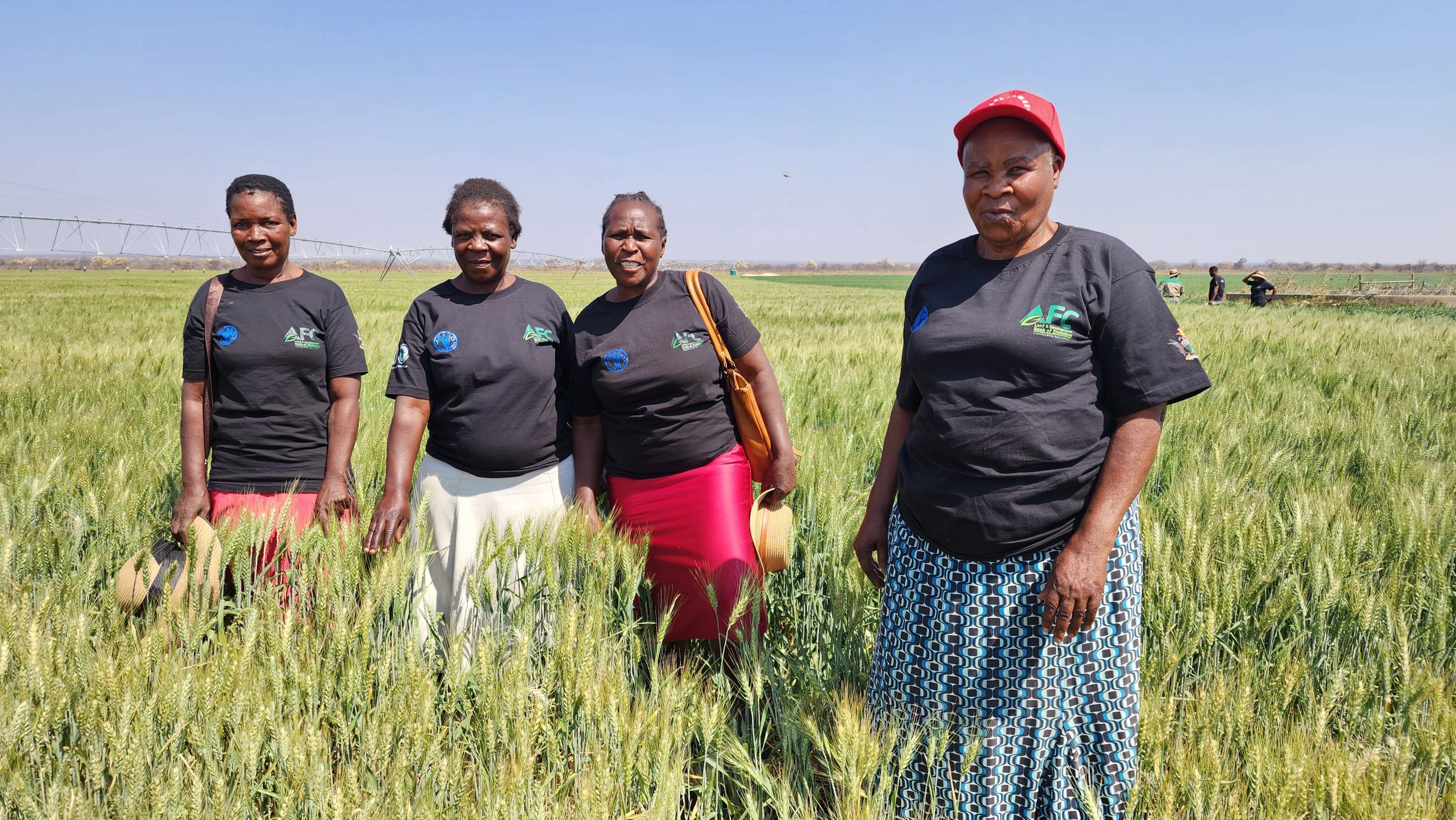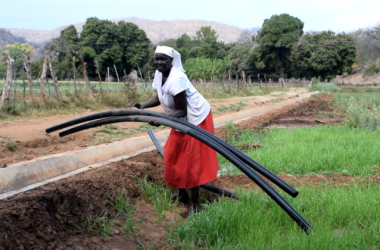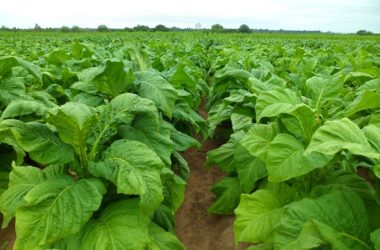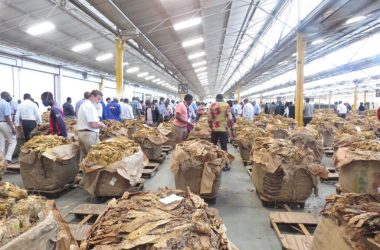Zimbabwe’s 2024 tobacco marketing season commenced, Wednesday, with the first sale foing at US$4,92 per kilogramme.
Officiating at the opening session of the marketing season, Vice President Constantino Chiwenga, said this is an important event in the country’s farming calendar as agriculture remains one of the key sectors in the accelerated drive to achieve an Empowered and Prosperous Upper Middle-Income Society by 2030.
 “Government regards the tobacco industry as a sector that has great potential to grow and increase our country’s export earnings. This realization led to the launch of the Tobacco Value Chain Transformation Plan.
“Government regards the tobacco industry as a sector that has great potential to grow and increase our country’s export earnings. This realization led to the launch of the Tobacco Value Chain Transformation Plan.
“The thrust of the Tobacco Value Chain Transformation Plan is to transform the tobacco value chain into a USD5 billion industry by 2025.
“This will be achieved through increased production and productivity, increasing local production to 300 million kg annually, localisation of tobacco production financing, value addition and beneficiation as well as exports of cigarettes, employment creation and raising household incomes, among others,” VP Chiwenga said.
But the repercussions of the climate crises, which have led to erratic rainfall patterns characterised by either severe floods or prolonged periods of drought, affected the just ended production season.
The Meteorological Services Department predicted a strong El Niño event occurring between October 2023 and March 2024.
It was predicted that the El Nino was expected to have adverse effects on rainfall from October 2023 to March 2024, potentially leading to drought conditions in Zimbabwe. Anticipated outcomes included a delayed onset of rainfall and prolonged dry spells.
 “The tobacco production sector was not spared as a total of 113 101 ha was planted in comparison to 117 645 ha planted at the same time last year. The negative four percentage variance was because of delayed rains that were received which affected the delayed timing for planting for the dryland crop,” Tobacco Industry and Marketing Board (TIMB) chairperson, Patrick Devenish, said.
“The tobacco production sector was not spared as a total of 113 101 ha was planted in comparison to 117 645 ha planted at the same time last year. The negative four percentage variance was because of delayed rains that were received which affected the delayed timing for planting for the dryland crop,” Tobacco Industry and Marketing Board (TIMB) chairperson, Patrick Devenish, said.
The late rains caused a delayed establishment of crops for small-scale farmers who contribute over 70% of the national yield. Consequently, there was a decline in volume produced per hectare.
“It’s early days but we all know we had a drought; we had El Nino and a drought is not good for tobacco. About 65% of our crop is grown by smallholder growers who don’t have irrigation so you might find that some of the tobacco might not be as good as it was the previous years. Nevertheless, demand is strong,” said Devenish.
“The first production estimate was 265m kg before we had a drought in February and March and the whole of January, so I think the latest projection is about 235m kg. However, our official TIMB estimates will come out soon,” Devenish added.
Tobacco growers have, however registered concern with prices obtaining at the auction floors.
“The VP started his bale at US$6 and we expected that the buyers would follow suit and offer prices around that for the same quality of tobacco. Unfortunately, we saw the price starting at US$4,92 per kg which is an unfortunate situation. We hope there’s going to be an improvement as the season progresses and as more buyers participate.
 “For now, we’re gravely concerned with the US$4,92 per kg price because we always feel that there’s a price cap of US$4,99. We want that cap to be broken,” said George Seremwe, Zimbabwe Tobacco Growers Association president.
“For now, we’re gravely concerned with the US$4,92 per kg price because we always feel that there’s a price cap of US$4,99. We want that cap to be broken,” said George Seremwe, Zimbabwe Tobacco Growers Association president.
“We’re appealing to the buyers to adjust as we know that the crop was very expensive to produce. We produced it under difficult climatic conditions and the inputs were expensive. Let’s share the losses. We want a sustainable situation so that next season we will have a farmer coming back to the floors.
“The quality is compromised because the process was not smooth. The rains started a bit early and the dry spell came. A lot of farmers lost the first planting and had to replant. About 20% of our earnings has been lost,” said Seremwe.
 Zimbabwe Progressive Tobacco Farmers Association president Mutandwa Mutasa raised concern with the exclusion of the growers in the value addition chain.
Zimbabwe Progressive Tobacco Farmers Association president Mutandwa Mutasa raised concern with the exclusion of the growers in the value addition chain.
“We are concerned at the exclusion of the growers in the transformation strategy. On tobacco pricing at the auction system, there is a ceiling price of US$4,99 per kg yet our understanding of an auction system is that the highest bidder takes it all. But in tobacco marketing, we have a price cap. We need to correct that,” said Mutasa.












